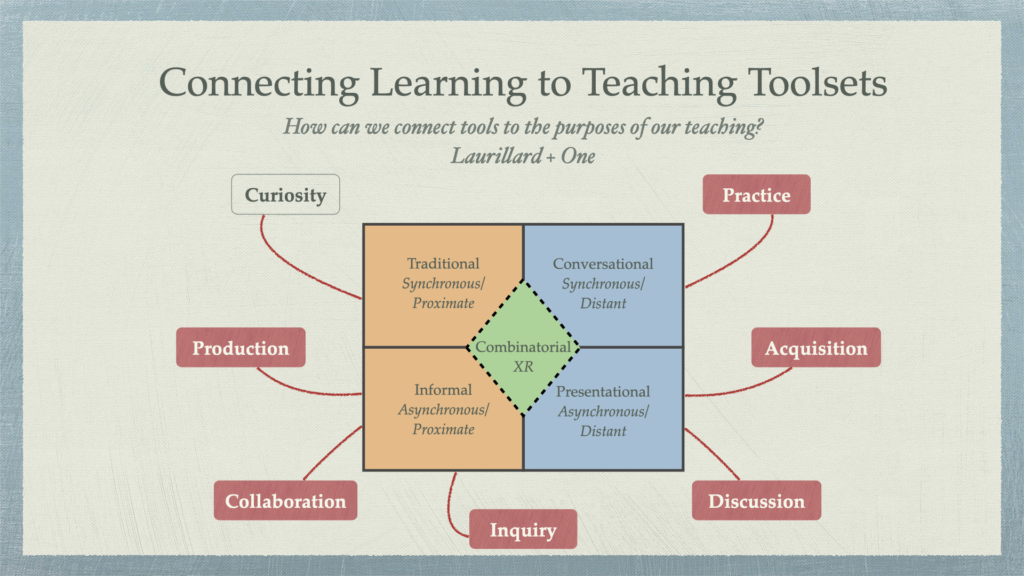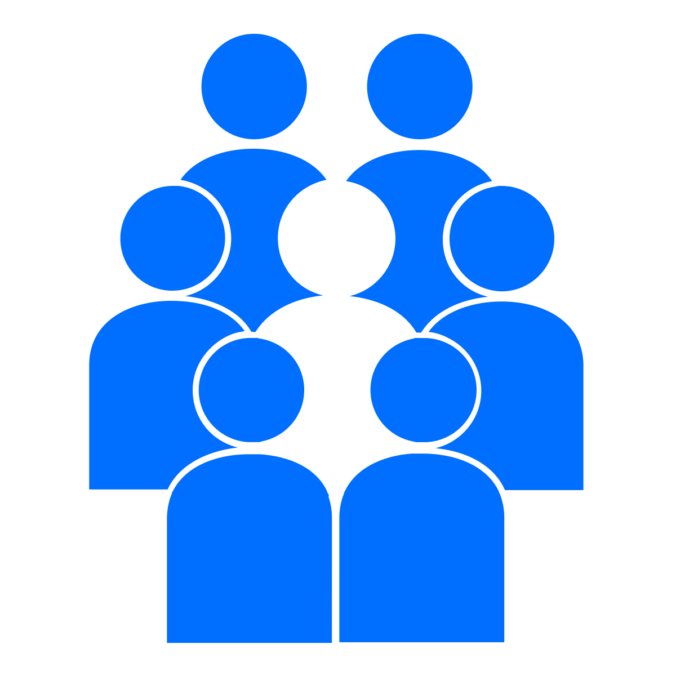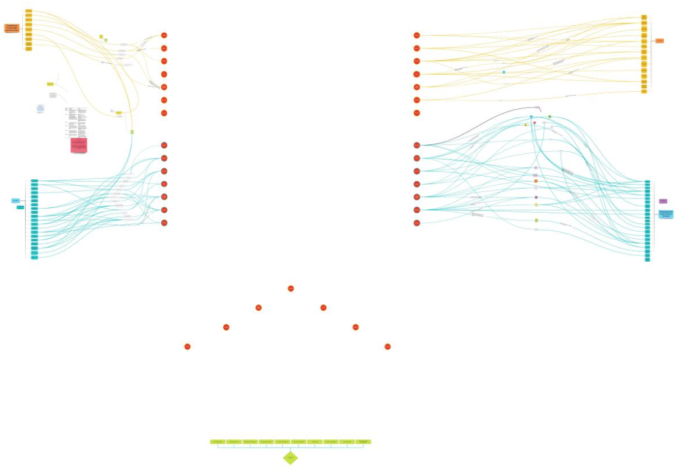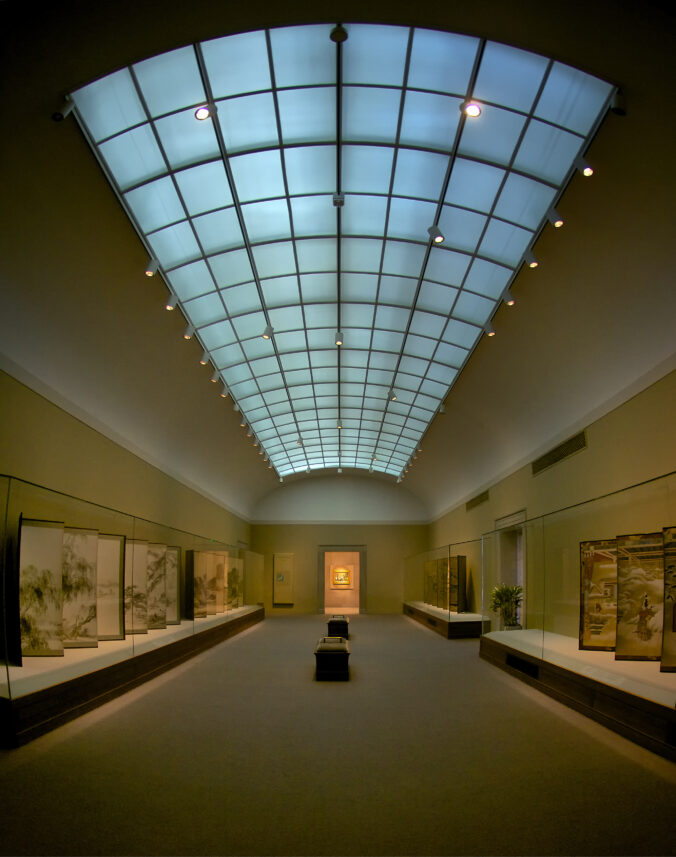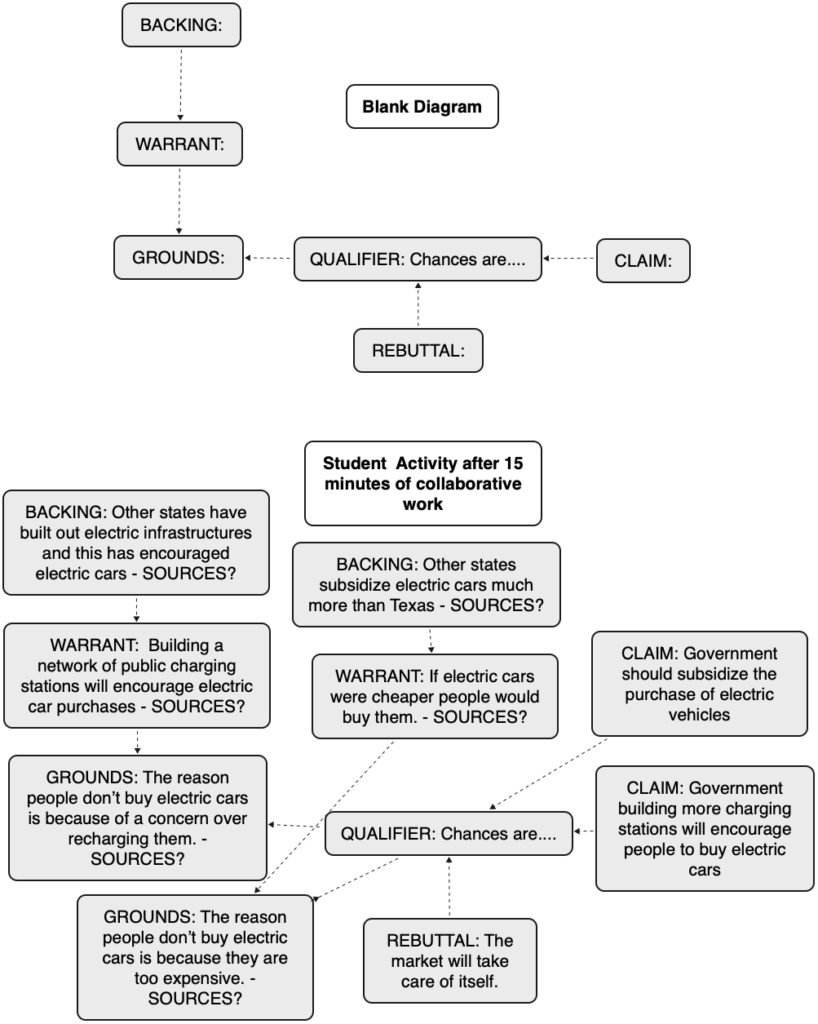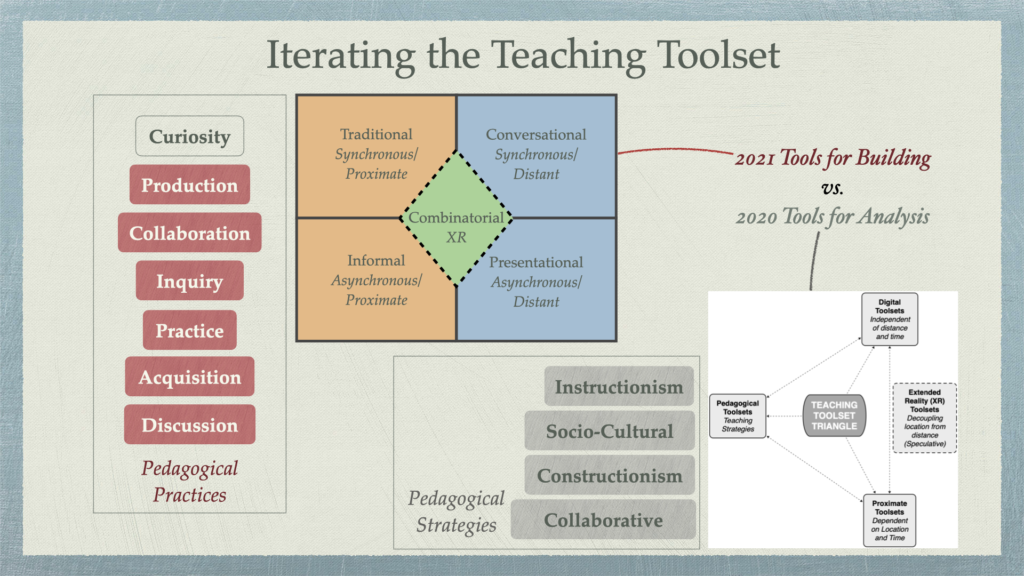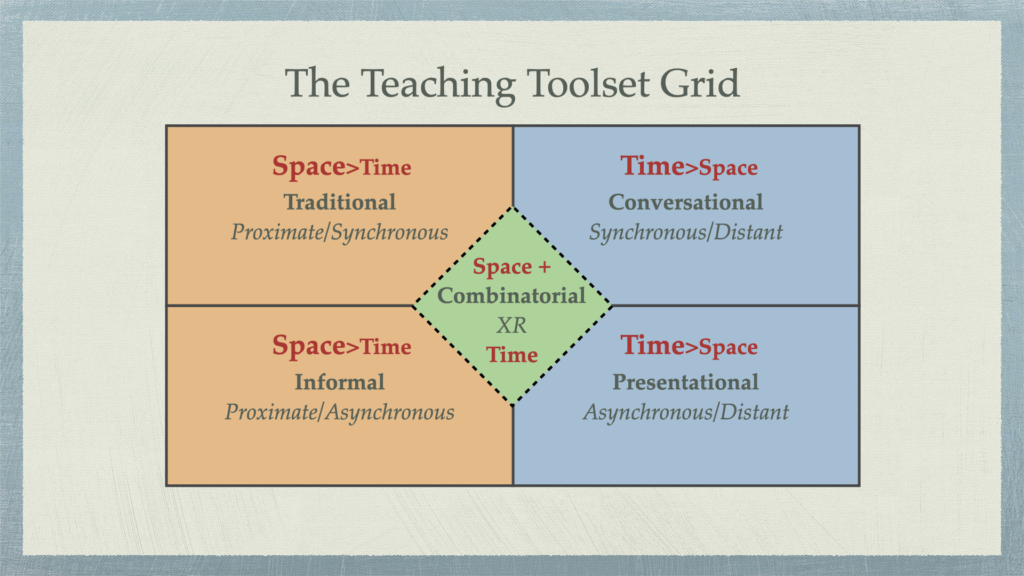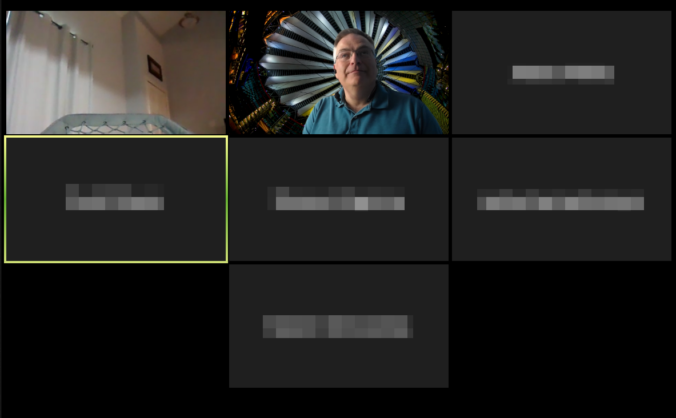Electrifying Education Part 1: Being There
Electrifying Education Part 2: If Tesla Engineers Designed Education
A common design strategy is to imagine solutions free of systemic constraints. This has several advantages. First, it focuses imaginations on the goals of the effort and may clarify them. Second, it highlights those parts of the system that may need to be adjusted to maximize outcomes. Successful electric car designs don’t simply replace the engine with an electric motor, they reimagine everything from weight distribution to safety to ideal ranges vs. battery size and cost. Under this exercise, a car has wheels and seats, but everything else is subject to radical redesign. In a digital world, it is possible to reimagine education in the same way.
To do this, we need to strip down what a “course” actually means. The word implies a journey, not a destination. Yet our courses were all about the destination (aka “getting it over with”). Classrooms are a destination. We “go to school.” We don’t “go to learn.” The first step in imagining what a learning journey in a digital world could look like is to explode the notion of school as a destination and instead imagine it as a waypoint in a much wider journey.
Classrooms are a finite resource. Resource distribution always devolves to resource rationing. Rationing drives the pace of learning and implies an end to accessing it. If we cannot get past our fixation on physical classrooms, we’re just replacing a physical classroom with a digital classroom. This is about as insightful as replacing a gas engine with an electric one and not engaging in any further design effort.
Remote teaching brought on by the pandemic stripped down instruction into its components by removing a lot of systemic constraints. I was well-placed to take advantage of this situation, because I had already begun a systematic redesign effort years before the pandemic. However, even under remote instruction, there was still one linear constraint that was very difficult for me to get past: my time. With smaller classes, the increased investment of time necessary to reach each student individually and to understand and address their specific learning needs was still manageable through creative use of technology. However, with larger classes, the systems I put in place were severely stressed.
Addressing these challenges required a greater modularization of my time. That meant that my instructional strategies must bring in additional specialist help. I talk about the potential of strategically deploying specialized support in the STAC Model. Creating a constellation of on-demand instruction and support, as well as explicitly deploying that as part of an instructional strategy, makes it possible to scale individualized instruction much more effectively.
While the STAC Model focuses on informal learning through librarians, tutors, counselors, and designers, we should also consider this model for creating teams that span disciplines within courses of study. I could spend a lot more time teaching students the nuts and bolts of government if I didn’t have to spend most of my time teaching them how to construct logical arguments. Those students who need additional help in particular areas could receive detailed help in those areas if I didn’t have to homogenize my instruction for the needs of the larger class. This is one characteristic of individualized instruction that makes it such a powerful tool, but it is very difficult to do with larger classes while working alone.
I have already done some limited experiments augmenting my class with an embedded librarian. These have yielded promising results. For certain issues, I can send students to a familiar face who also has a slightly different perspective and problem-solving approach than me. However, this is an ad hoc solution. My colleague, who is extraordinarily helpful, is often called to other duties serving the larger student body of the college.
The five areas of instruction identified by ShapingEDU’s Teaching Toolset project provide one way of envisioning a learning “space” for a much more robust modularised learning team. Different team members could occupy different spaces with groups of students tailored to the immediate learning needs of that segment of the cohort. Strategically employing different modes and talents in this system means that relatively large groups of students could move through the process in parallel. With clever design, we could maintain capacity while expanding individualized instruction.
Imagine this diverse learning “space” occupied by a team with a central project. Perhaps the space is, like my class, about a student’s role as a citizen in a democracy. A political scientist leads the team. It also includes an English professor, a librarian, a designer, and a statistics professor. This team designs a course/journey for groups of students that culminates in a project, which asks students to identify a wicked societal problem, analyze some approaches to dealing with that challenge, and lay out a roadmap for dealing with that challenge in the American political system. The waypoints are a series of blogs (public writing) that deal with each one of those pieces sequentially. The final product is a website that communicates a change strategy to the public.
Breaking down that process into a set of learning waypoints creates opportunities for teaching by each of the team members:
-
- The English professor would teach argumentation and logic
- The librarian would teach digital literacy and research methods
- The designer would assist students in figuring out how to tell their stories through a range of technological tools that maximize the impact of the storyteller on the audience
- The statistician would teach data analysis
- The political scientist would frame it all into the structures of the political system
Expanding the learning network to embrace a wide range of tools creates nodes between these constituent parts. It allows students to move seamlessly from one area to the next fluidly and on demand. Strategically employing toolsets, each person in the team could connect individually with students. Even working within the constraints of traditional academic terms this would significantly increase the richness of a student’s learning experience. If we explode that constraint beyond an individual course, we could link projects to meta-projects that could provide context to an entire collegiate journey.
These ideas are not novel. However, they have always come up against a range of systemic constraints, from disciplinary to economic ones. My modest suggestion to distribute the engines of learning more efficiently will surely be met with logistical objections related to scheduling and workload. These concerns inevitably lead back to systemic paradigms connected to physical classrooms and butts in seats. It takes a team to create deep learning. Depending on a “hero” teacher to do that is asking a lot. Digital technology facilitates teams. We should take advantage of that.
Arguments against this kind of approach are very similar to those who argue that we can never make electric cars work in the same way as internal combustion engine vehicles do. This is not a very productive way of thinking about the fundamental problem. With vehicles, we need to maintain our transportation infrastructures, while eliminating the problem that they are currently killing our planet. With education, we need to maintain learning in the face of demographic and equity challenges (exacerbated by climate challenges) while maintaining rigorous instruction.
For either of those imperatives to be met, we need to be prepared to jettison anachronistic vestiges of the prior system. Creative rethinking of our systemic constraints coupled with optimizing our toolset opportunities provide a pathway to realizing what education was always meant to be and could become again.


